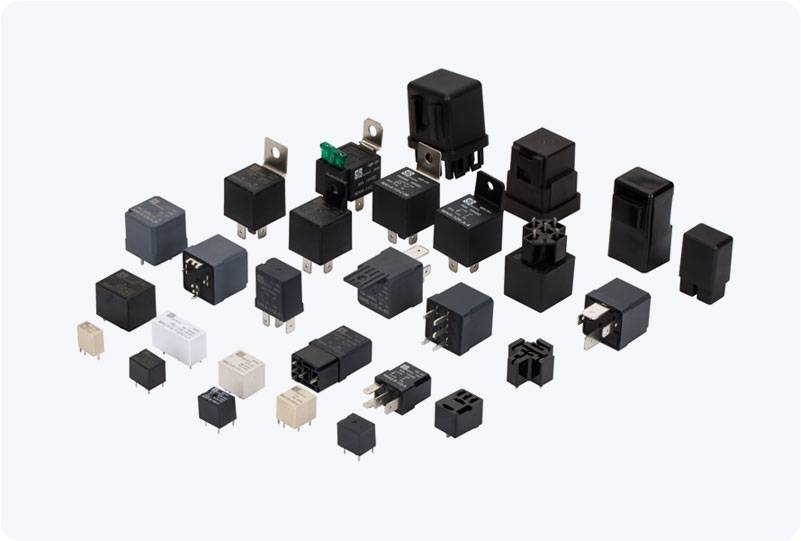understanding high voltage distribution relay: a key component in power system protection
Release time:2025-07-17 11:42:34
High Voltage Distribution Relays (HVDR) are integral components in modern electrical power distribution systems. They play a crucial role in ensuring the safety, reliability, and efficiency of high-voltage electrical grids. Designed to protect electrical equipment from faults and abnormal conditions, these relays help to prevent costly damages, ensure operational continuity, and protect both personnel and infrastructure. This article will explore the functions, types, applications, and importance of High Voltage Distribution Relays in today’s power networks.

The Importance of High Voltage Distribution Relays
In any electrical power distribution system, ensuring the protection of critical assets such as transformers, circuit breakers, and transmission lines is paramount. High voltage systems, which handle the transmission of power over long distances, are especially vulnerable to faults such as overloads, short circuits, or ground faults. When these faults occur, the damage can be catastrophic without a protective system in place. High Voltage Distribution Relays serve as the first line of defense against such disruptions. By constantly monitoring key electrical parameters like voltage, current, frequency, and phase sequence, these relays detect abnormalities and initiate corrective actions, such as isolating faulty sections of the system, to minimize damage and maintain system stability.

